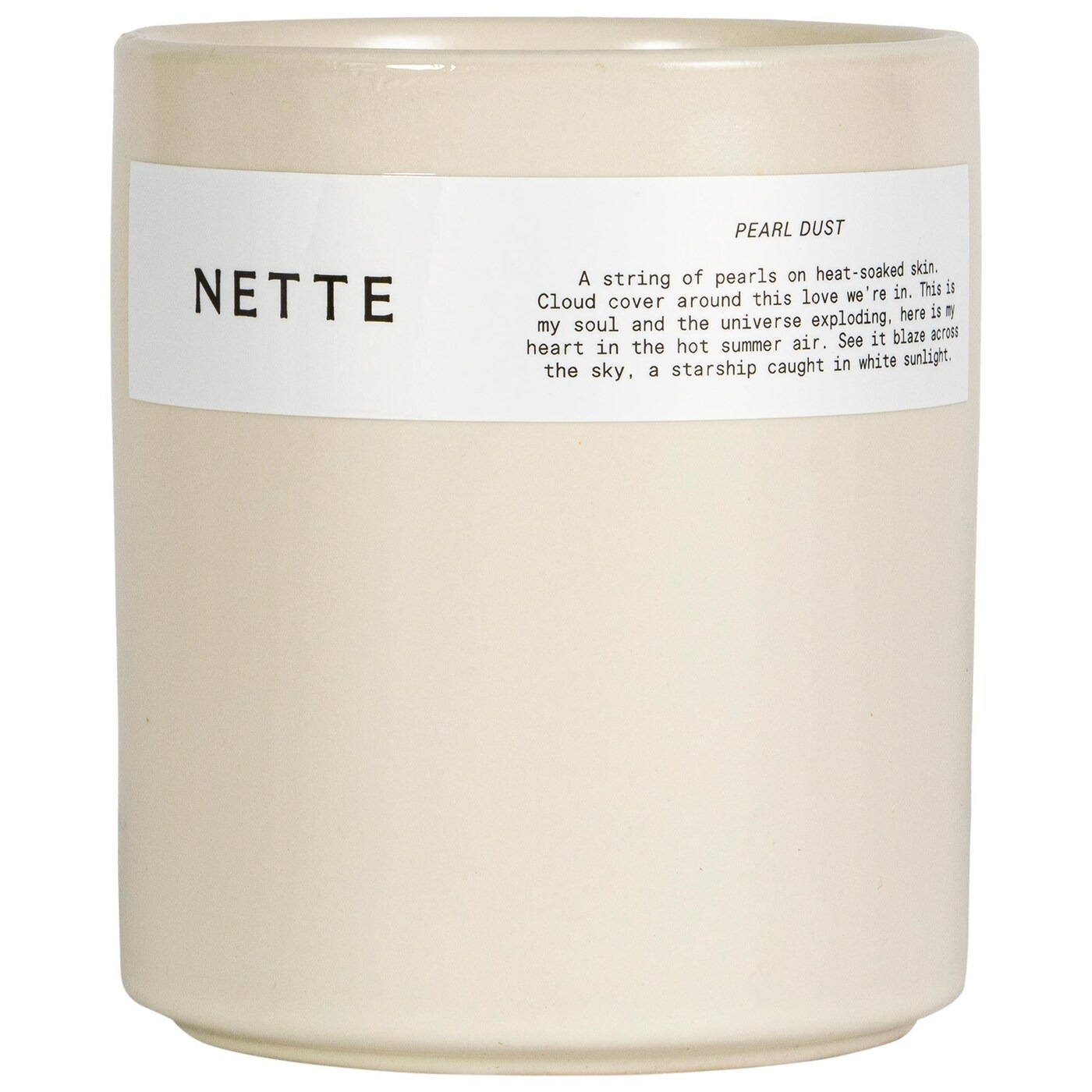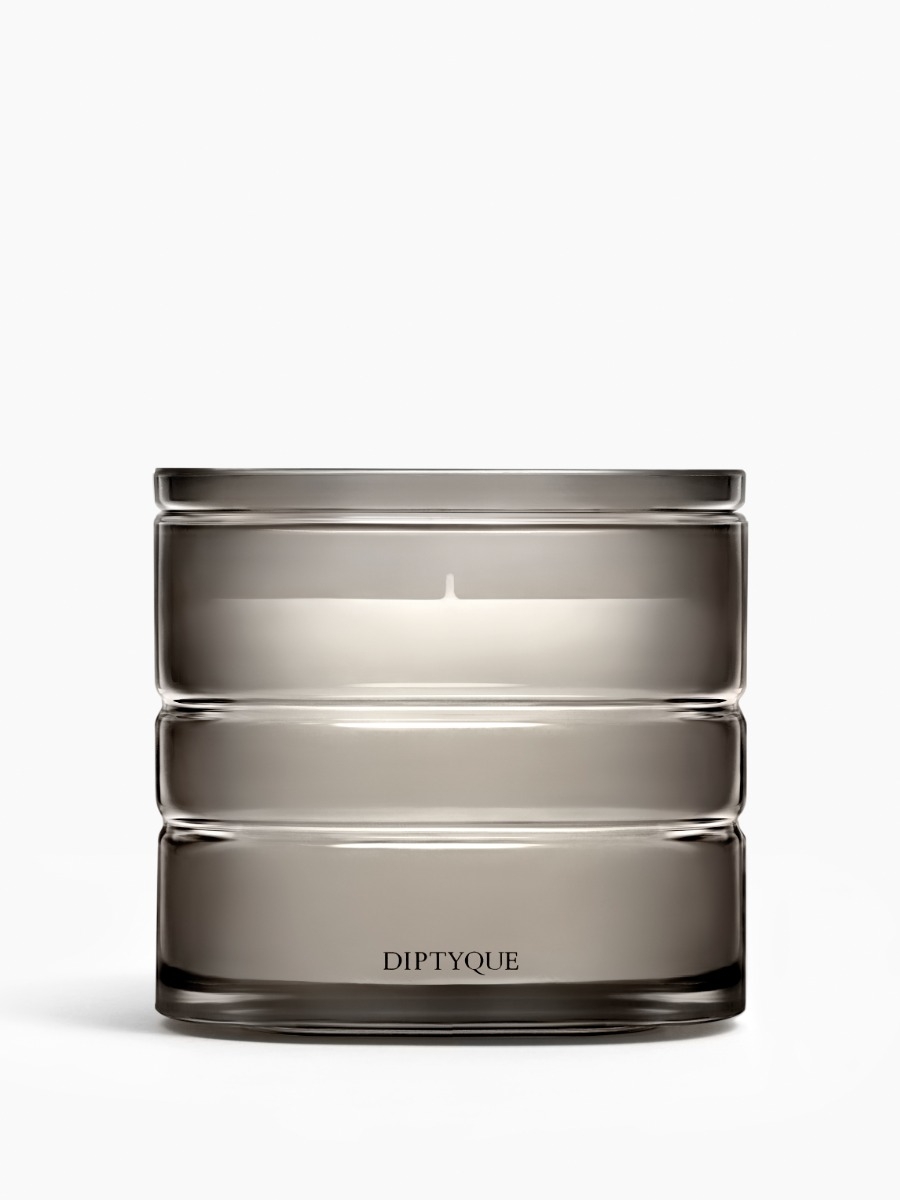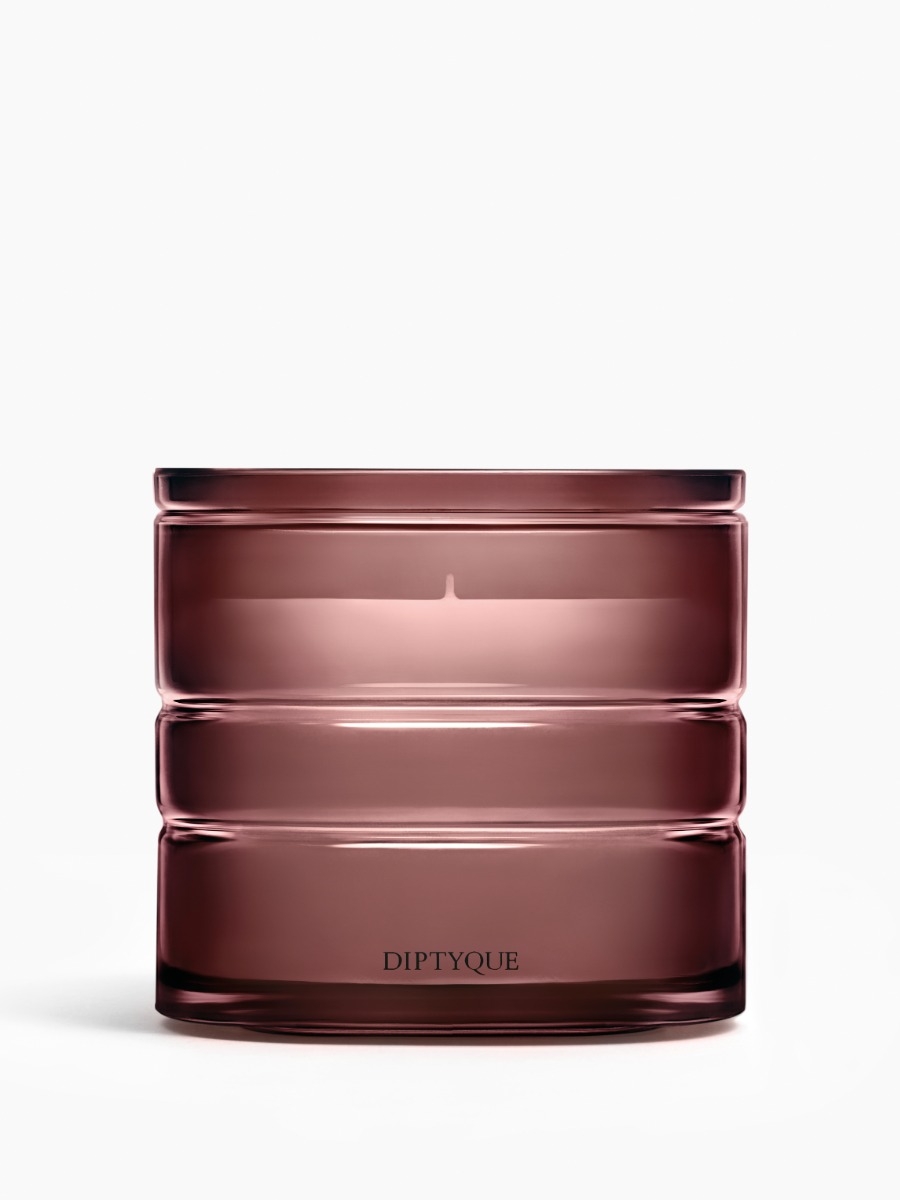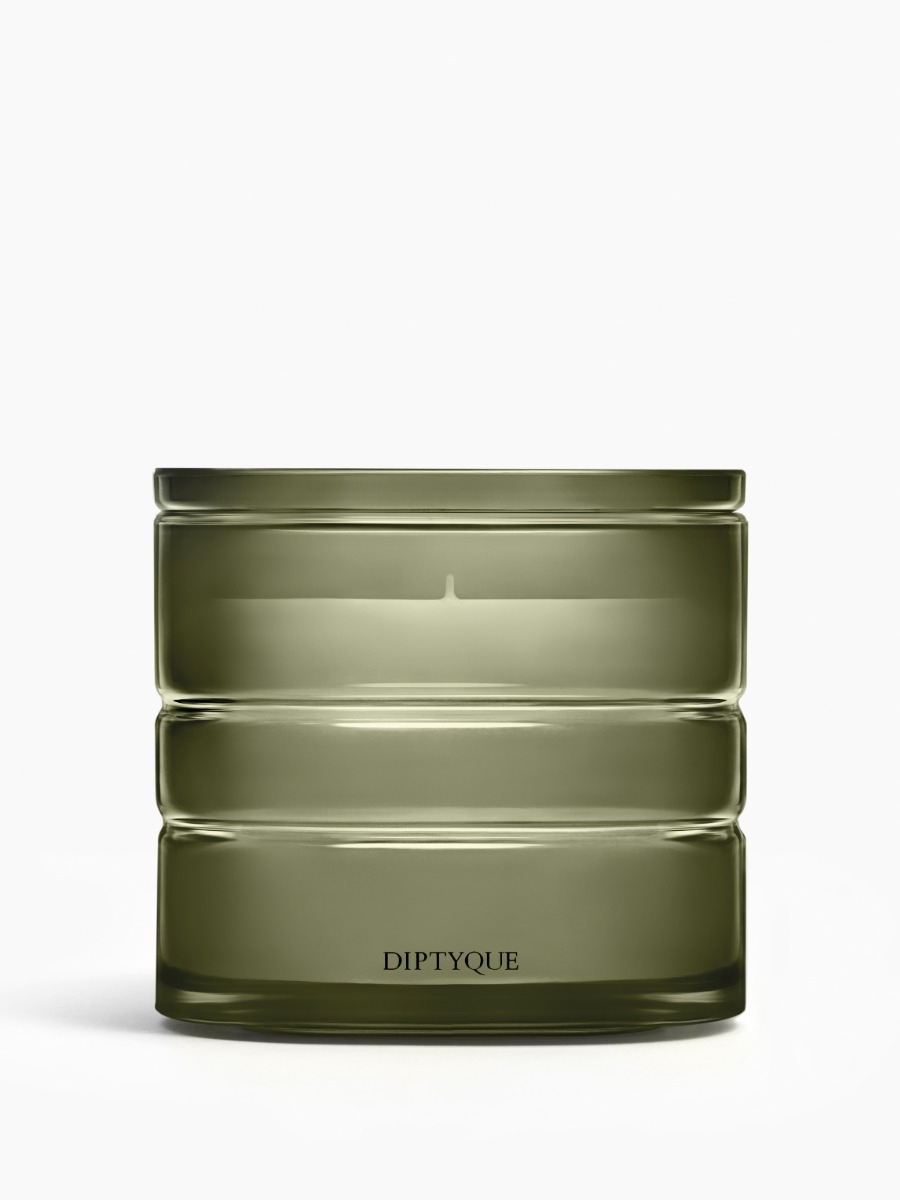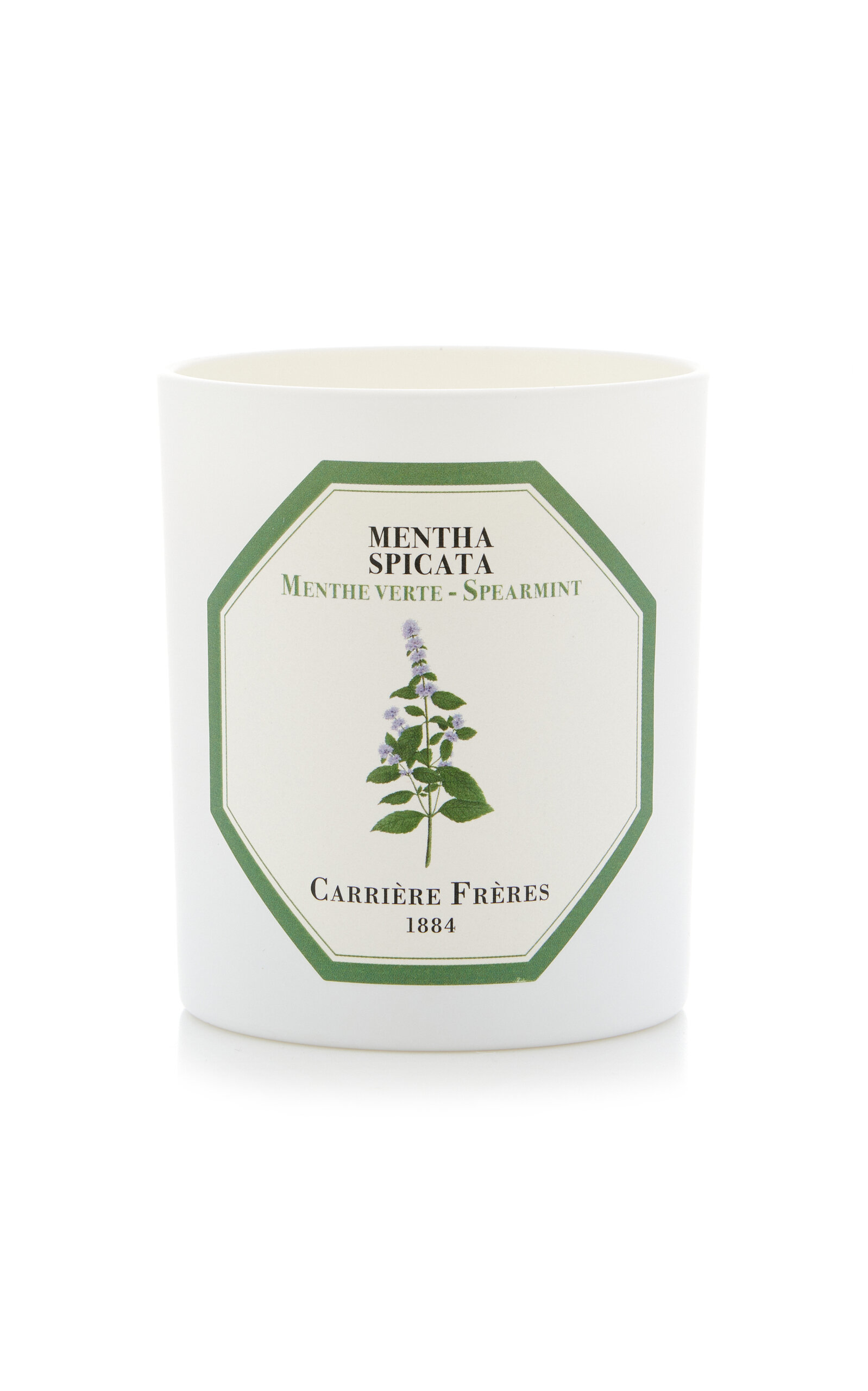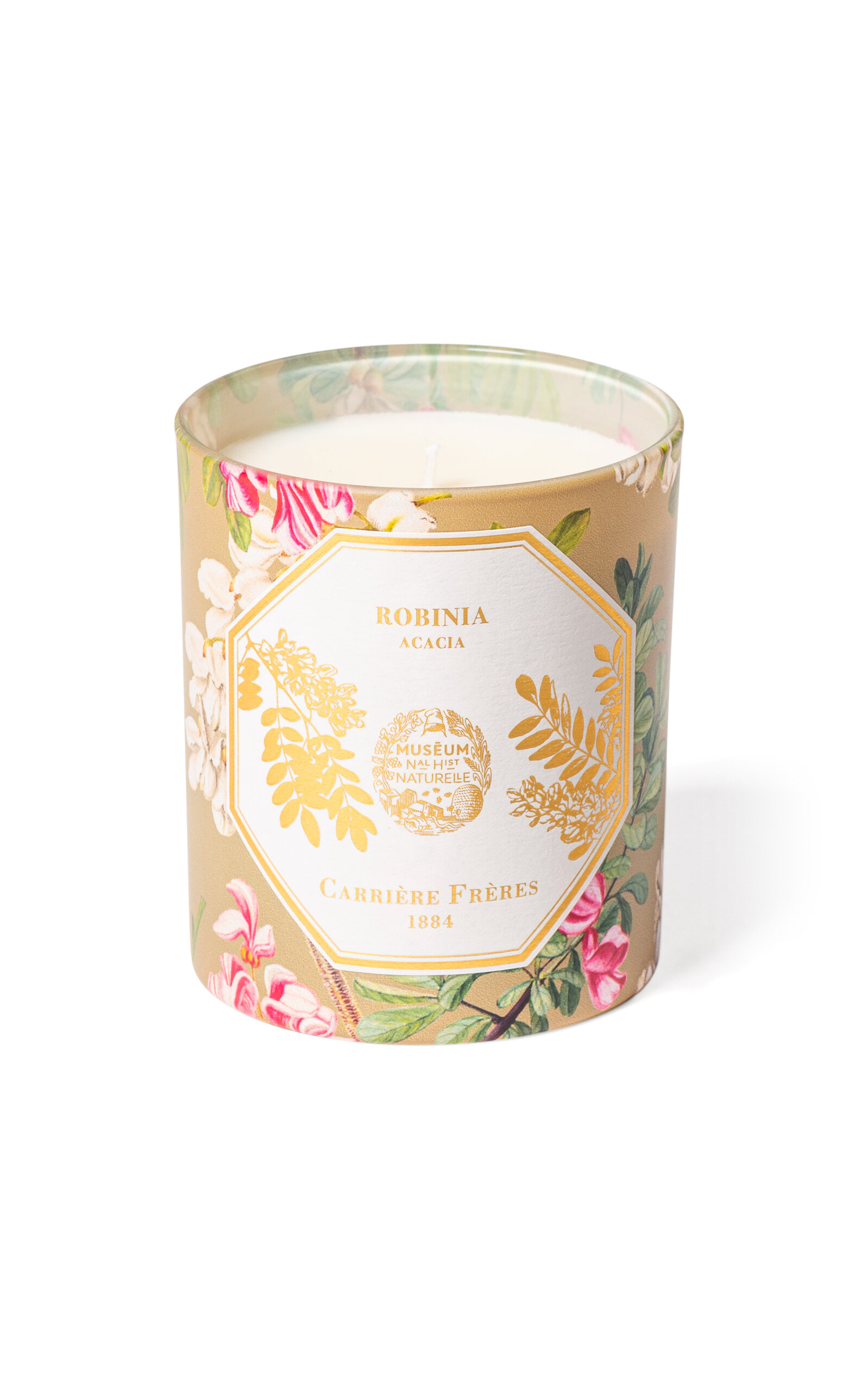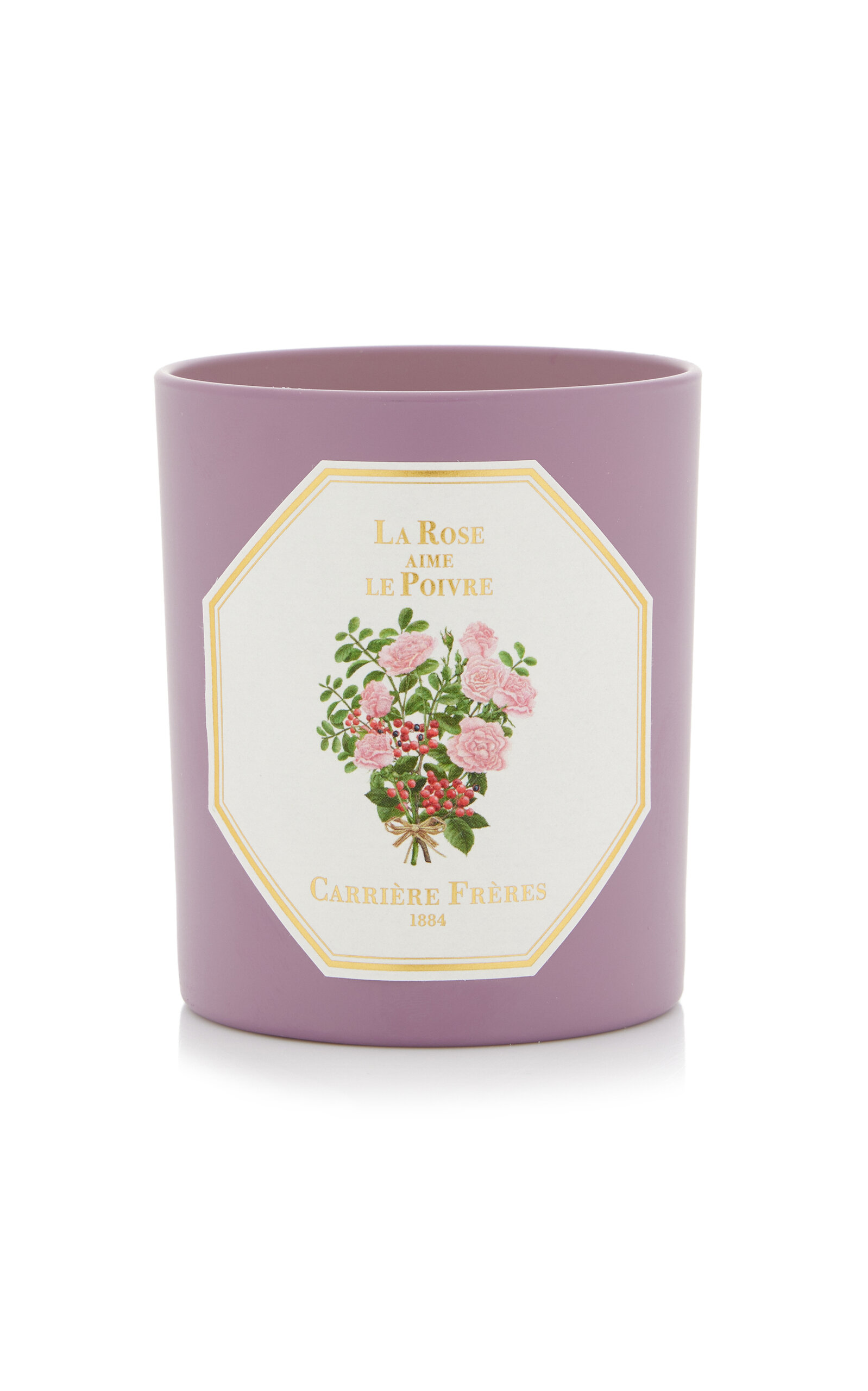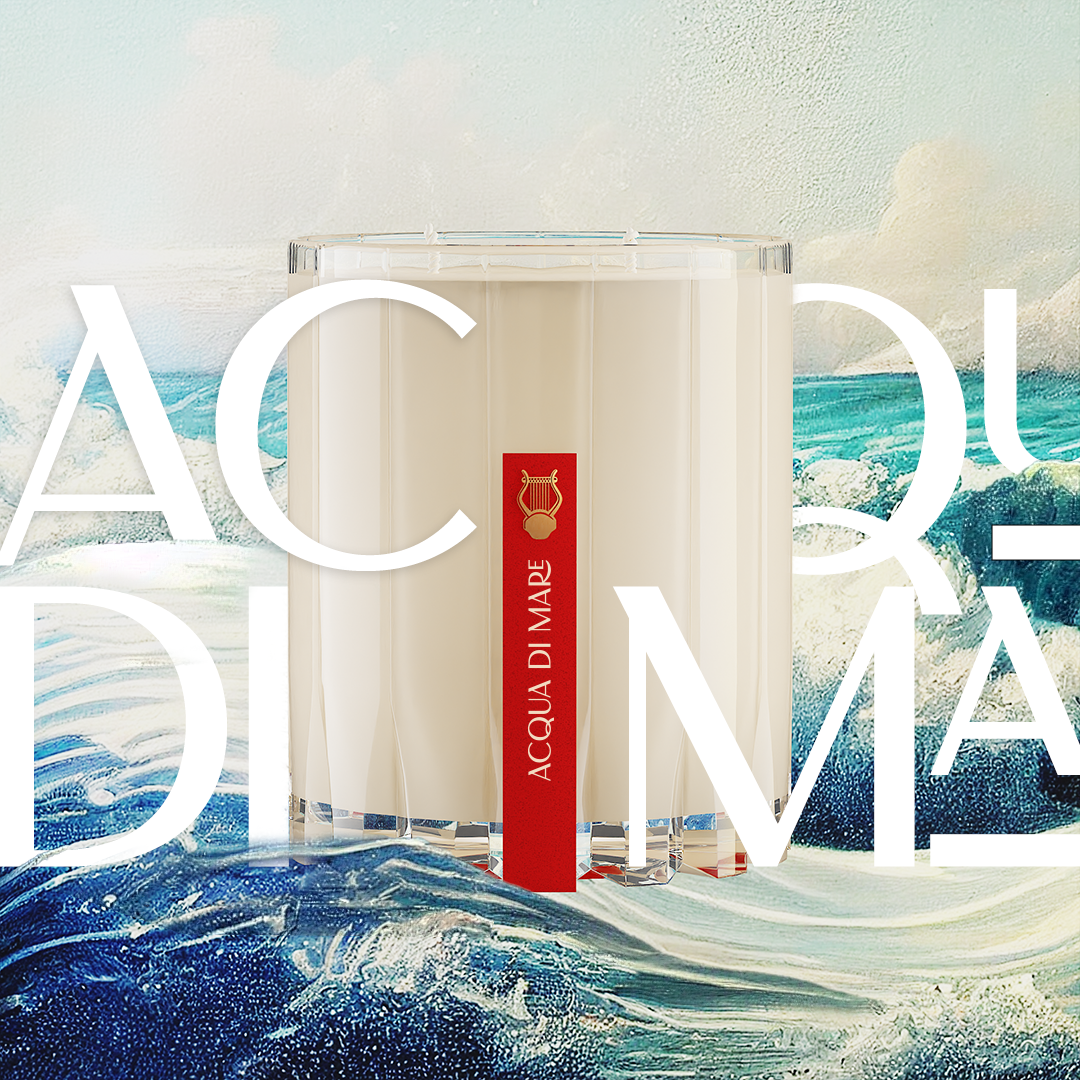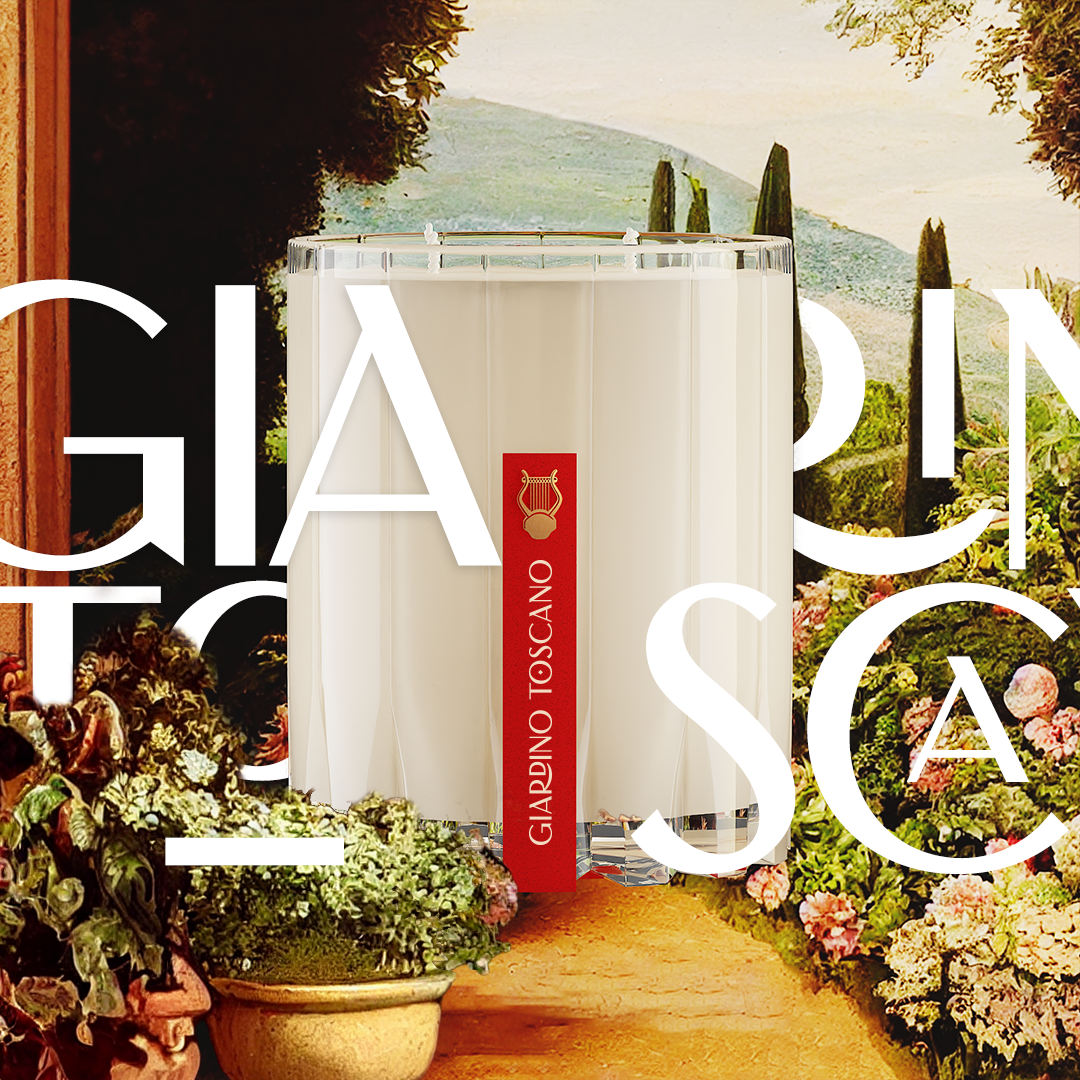Can a Candle Be Eco-Friendly? How to Opt for a Cleaner Burn
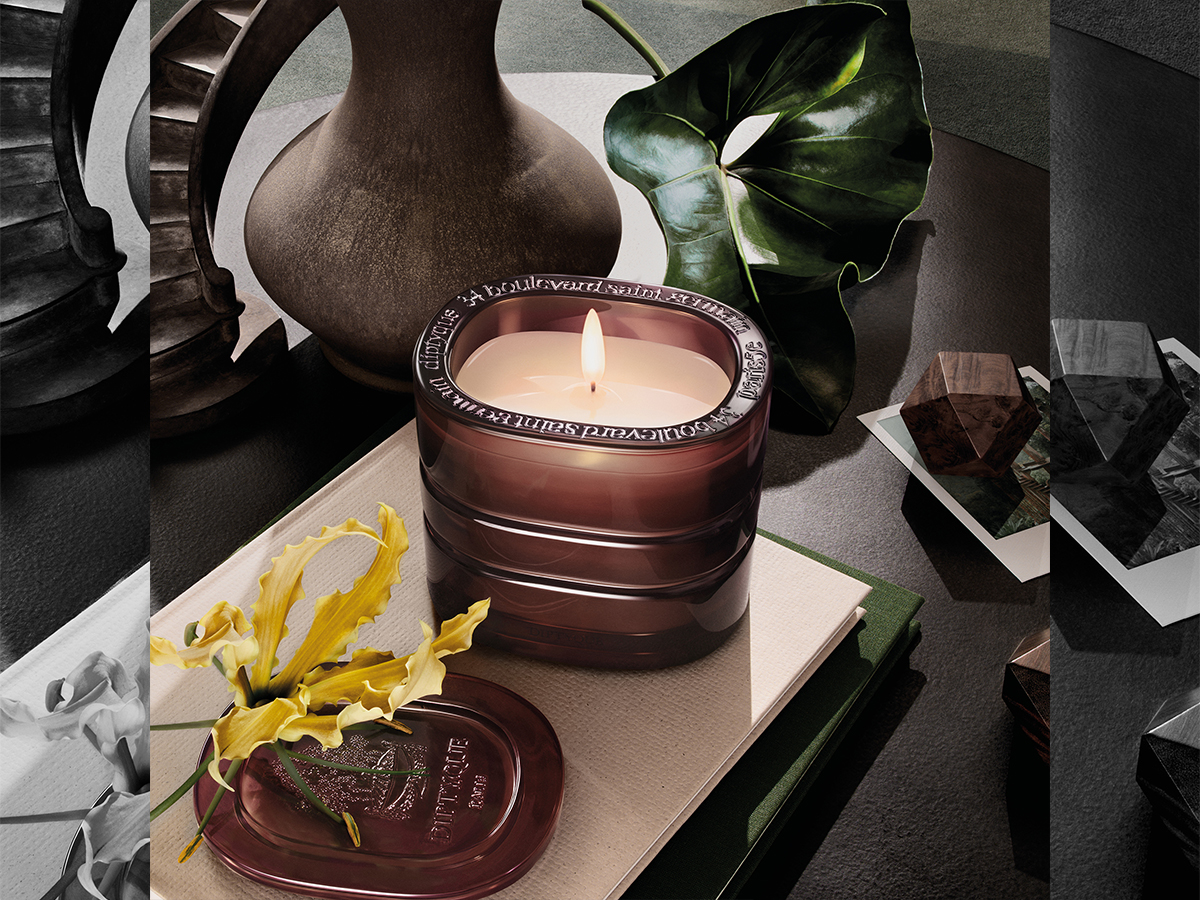
For many people, candles are an integral part of their self-care ritual. Lighting a candle instantly transforms any space into a sanctuary—it’s a quick way to inject a room with ambiance. Though they may seem fairly innocuous, many candles may actually pose a major sustainability issue. Thanks to single-use or nonrecyclable vessels, unsustainable wax, and questionably sourced fragrances, that candle on your nightstand might actually be causing more harm than good.
While most candlemaking brands are still far from becoming leaders in the sustainability space, some are emerging as trailblazers in creating better-for-the-Earth candles. Tata Harper’s latest collaboration with Nette was created by perfumers who specialize in green chemistry (they ensure that products are made responsibly using nonhazardous materials), and each box and label was made from recycled shoe boxes. The French fragrance house Carrière Frères has begun to offer refills made entirely from vegetable wax for its vessels, which are also compostable. New York–based Apollo Candles opts for man-made fragrance oils that are better for the environment. Even the luxe candle destination Diptyque now has vessels meant to be refilled. Keep reading for a deep dive into each brand and how they aim to make their candles better for the Earth.
Nette
Carol Han Pyle, founder of Nette, takes a realist approach to sustainability. "At the end of the day, the most sustainable thing to do would be to not make anything,” she says. "However, if you are going to make something, as we do, sustainability means making it in a way that offers a better alternative in your category so that you are helping the category—and the world—become more sustainable with every customer who chooses you over a less sustainable option.” She also emphasizes that sustainability means not putting out a product the world doesn’t have a need for and not being afraid to spend more money or put in more effort for a better product.
That’s very apparent in Nette, the sustainable candle brand that clearly puts thought into every step of the manufacturing process. Nette only works with fragrance labs that have close relationships with farmers, so the brand is able to trace all of its ingredients. It opts for artisanal, handmade vessels that are food-safe, dishwasher-safe, and microwave-safe, with the idea being that you can turn them into mugs or drinking cups. The rest of its packaging is just as intentional. Nette’s paper is FSC certified, and its cello wrap is made out of corn.
At the end of the day, Nette makes candles that you’ll keep some iteration of for years to come. "Why not create something that people would never want to get rid of in the first place?” says Han Pyle. "Making them food-safe was really important because people have collections of coffee mugs and drinking cups—you can never have too many! If vessels aren’t food-safe, which the vast majority of candle vessels aren’t because of spray paint, how many scrunchie holders could one person possibly need?”
Diptyque
The Parisian Maison Diptyque has long been the candle brand of choice for those in the know. You’d be hard-pressed to find a fashion person without a Baies Candle somewhere in their apartment. While Diptyque vessels have become a décor piece for many (even Carrie Bradshaw used them as storage containers in her apartment in And Just Like That…), they’ve never technically been reusable—until now, that is.
Diptyque’s latest addition, Les Mondes de Diptyque, marks a new beginning for the brand in the candle space. "The essence of a sustainable Diptyque candle is a testament to the sacred balance between tradition and innovation,” says Laurence Semichon, Diptyque’s senior vice president of brand. "It’s about offering a lasting experience, both in terms of olfactory delight and a visual masterpiece. For example, [in the] Les Mondes de Diptyque collection, the candles aren’t just a one-time wonder. They are designed to be refilled, ensuring that the splendid glass monoliths grace your space for years to come, reducing waste and embracing the idea of timeless luxury.” Diptyque also prioritizes high-quality, sustainable raw materials in its candle production.
For Diptyque, the journey to sustainability is just beginning. According to Semichon, the brand is committed to creating more sustainable products in the future by seeking creative solutions to reduce waste, boost product longevity, and design lasting, beautiful, and thoughtfully sourced products that consumers will want to keep.
Carrière Frères
One look at Carrière Frères's luxe vessels will have you convinced: These candles are the lap of luxury. The French candle brand is made in Normandy and aims to reconnect us to the candles used as table decorations at the beginning of the 20th century. Carrière Frères is also unapologetically working toward the most sustainable candles possible. "From my point of view, sustainability is not a term describing a fixed or even an ideal situation,” says Julien Pruvost, creative director at Carrière Frères. For Pruvost, sustainability is never complete—it will always be a work in progress.
In the meantime, however, the brand is taking it one step at a time. Carrière Frères conducted an internal carbon footprint study, and the results were surprising: Its worst offender was transportation. After that, the brand chose to focus on finding ingredients from closer sources. "We decided to set part of the focus on the materials the candles are made from—100% vegetable wax with 60% of it coming from Western Europe and from an organic source because, beyond the carbon footprint, you also have the biodiversity footprint,” says Pruvost. The brand also has refillable vessels made from recycled glass.
It’s been a learning experience for Pruvost, and he’s taken some major lessons from working to make Carrière Frères as sustainable as possible. For brands hoping to follow his lead, he has some advice. "Stop all airfreight immediately,” he says. "Literally hunt down all unnecessary plastics from products all the way down to master packing and logistics. Switch all nonrecycled components to recycled components. Drop paraffin entirely. Think refillable or reusable.”
Apollo Candles
Apollo Candles offers the best of everything: gorgeous crystal packaging, fragrances that transport you straight to Italy, and eco-friendly packaging and ingredients. It’s clear from the first moment you see them that these candles are elevated and intentional, and according to founder James Napoli, it’s no accident. "I realized that many of my favorite candles were made with paraffin wax, which is a by-product of the petroleum industry,” he says. "I knew there had to be a better way of producing luxury candles in a more sustainable way, so I leaned into [my] family heritage of candlemaking to develop a product that would make it easy for consumers to upcycle.”
Napoli has clearly succeeded in Apollo Candles. Each candle is made using coconut wax, which is easier on the environment than other alternatives like paraffin wax or soy wax. The vessels are made of Riedel crystal to be reused, and the brand even opts for soy-based ink and paper made from sugarcane for its packaging. Each scent comes from a blend of natural and man-made fragrance oil. "We made this decision after countless hours of research and determining that there is less impact to the environment following a man-made approach,” says Napoli. "It takes a vast amount of farming to produce even a single milliliter of fragrance. Jasmine absolute oil requires something like 8000 tiny jasmine flowers per milliliter, where its molecules can be recreated by man with significantly fewer raw materials.”
For Napoli, every decision he makes goes toward supporting his larger brand vision for a more sustainable and less toxic future. "For me, sustainability is about striving for equilibrium with the environment and reducing the negative impact we have on it,” he says.
Prior to her time at Who What Wear, Katie Berohn worked as the beauty assistant for Good Housekeeping, Woman's Day, and Prevention magazines, all part of the Hearst Lifestyle Group. She graduated from the University of Colorado, Boulder, with a major in journalism and minor in technology, arts, and media, and earned her master's degree at NYU's graduate program for magazine journalism. In addition, Katie has held editorial internships at Denver Life magazine, Yoga Journal, and Cosmopolitan; a digital editorial internship at New York magazine's The Cut; a social good fellowship at Mashable; and a freelance role at HelloGiggles.


